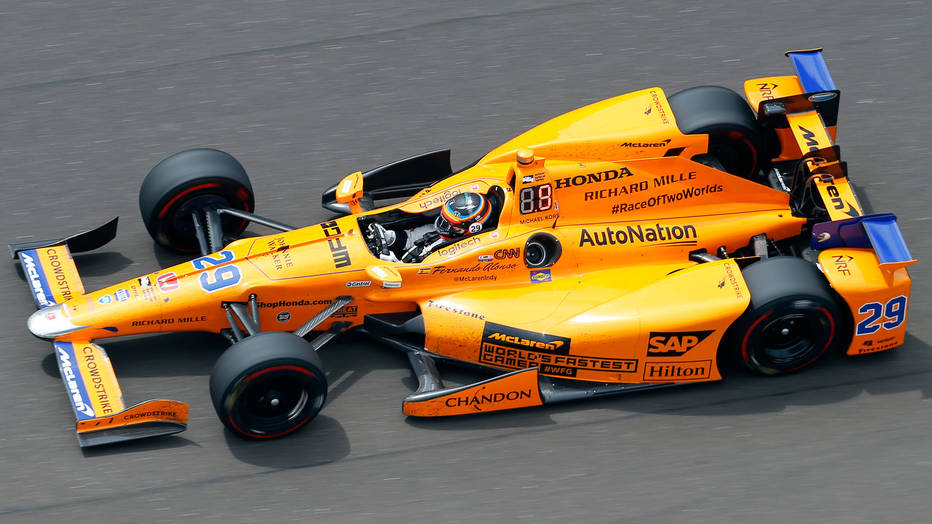On June 13th, 1895, a Chicago auto shop hosted an innovative marketing event involving a couple of small automobiles with max speeds of 20mph. Now in the year 2021, we celebrate the 126th anniversary of the first recorded car race in American history, and the birth of one of the nation’s favorite sports.
Nowadays car racing is known for its non-stop, high-octane action, as large-scale racing events showcase the very best that the automotive engineering industry has to offer. Even more so, car racing has grown in congruency with car culture – the status symbols that cars and their brands have come represent across America – only getting bigger and louder every year. There’s a reason the stereotypical indicator of someone going through a mid-life crisis is a shiny, new sports car parked in their driveway. Cars can make their owners look and feel more important; owning them, driving them, or simply being seen with them, it’s impossible not to stand out while sitting in the driver’s seat of one of the most powerful machines money can buy.
As race car driving and car culture grow in popularity, the more that corporate sponsorship is able to utilize the sport as a means of marketing. To this end, many of the best racers can be seen wearing the logos of those companies and brands supporting their team. Fans come to develop allegiances to their favourite racers and manufacturers, and brands pay attention. Whether it’s the logo on the hood of the car or across the driver’s chest, every race is a chance to win over millions of spectators.

When it comes to the biggest racing franchises in the world, there are three names that lead the pack: IndyCar, NASCAR, and Formula 1. The first Indy Car’s engines revved up just 14 years after the very first race in America, taking over Long Island for the Long Beach Race in 1909. Its competitors, NASCAR and F1, wouldn’t launch their first cars until 1948 and 1950, respectively, and while each brand of racing is a unique experience with its own specialties, their races all share a common goal: crossing the finish line first.
That being said, some fans may find themselves swept up in the rush of wind and adrenaline at first, unsure of what the difference is. While it is true that the end goal is always the same, the ways in which that goal is reached differ across each branch of racing and can make for different fan experiences. For starters, NASCAR’s high volume races feature 40 cars per, double that of a more thinly spread Formula 1 race which features only 20. IndyCar racing participants sit nicely in between their two competitors with 33 cars per race.
The cars themselves are built differently between their respective races. IndyCar and F1 vehicles are open wheeled with an open cockpit, making for that signature race car appearance. NASCAR on the other hand has enclosed drivers’ cockpits in cars that may more closely resemble a sedan-style vehicle. The distinct shape of IndyCar and F1 vehicles means their cars weigh in around 1,500 lbs (680kg) each. NASCAR vehicles’ additional mass makes them the heaviest of the three, averaging over 3,250 lbs (1,474 kg) each. The extra weight means that NASCAR is also the slowest of the three race car builds, while IndyCar remains to this day as the fastest of the bunch, just as it was introduced to race car enthusiasts in 1994 as being. Since then, its reputation has attracted a number of high risk drivers, drawn in by the thrills of superior light weight, spacious cockpits, and speedy engines. But these machines are not made for just anyone; drivers must apply for a separate form of insurance with approval from their current insurance provider in order to test drive an IndyCar. Should prospective racers be interested in taking a ride of their own, they are recommended to go through the Indiana SR22 insurance guide to get the required paperwork and coverage, different from average race car driving, in order to drive an IndyCar.


